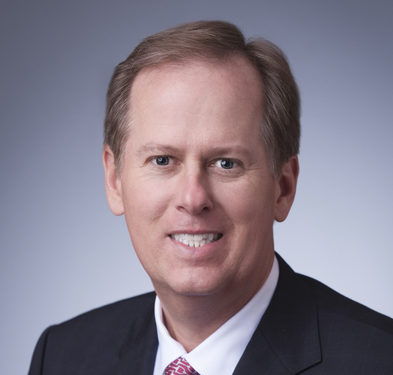You spoke at the Building a More Civil and Just Society Conference. What are some of the messages you shared?
I participated in three conversations, the first of which was a panel discussion on the imperative of early education. Investment in high-quality early education can yield a range of economic and social benefits—higher wages, less crime, and higher graduation rates, just to name a few. By championing early learning, business leaders can provide immense opportunity for the next generation and keep America as a top destination for business.
I also interviewed Dan Schulman, CEO of PayPal, for a conversation on upgrading capitalism. Our economic system has created unprecedented prosperity, including lifting millions of people out of poverty. But factors such as crony capitalism are undermining the effectiveness of the system and the faith that people have in it. A few of the reforms needed to make capitalism sustainable are: improving education throughout the spectrum; countering rising corporate short-termism; putting the nation’s proliferating debt on a downward path; and bringing greater efficiency to regulations and the regulatory process. Dan discussed additional ideas in this conversation, including concrete steps he has put in place at PayPal.
Communicate, communicate, communicate.
Finally, I had the opportunity to interview Dr. Richard Besser, president and CEO of the Robert Wood Johnson Foundation, for a conversation on the health-equity imperative. We discussed solutions for improving access to healthcare and health outcomes, both of which have been exacerbated by COVID-19. It really does require a multi-party approach, with businesses, nonprofits, and government leaders working together to ensure everyone in America has a fair and just opportunity to thrive.
Pivoting away from the conference: What does a typical day look like for you? What are some of the most difficult decisions you have to make on a regular basis?
The most difficult decisions always relate to people and personnel. These decisions involve finding the right balance among a series of competing interests: whom to put into what positions, how to organize to best fit the company’s strategic objectives, how to balance skill sets. It gets even tougher when you have to dig in on thornier issues like when to replace people in jobs and, when we have openings, whether to promote from within or look for someone from outside the company.
What kind of culture exists in your organization, and how did you establish it?
A great culture starts with a strong mission and values. As a nonprofit, we are driven by our commitment to societal impact, delivering trusted insights for what’s ahead to help businesses improve performance and better serve society. We have five core values that we incorporate into all that we do: integrity, collaboration, relevance, openness, and innovation. We hold trainings centered on these values, use them as part of our performance-management process, live them in our daily work, and give out awards to those who truly epitomize these behaviors. And above all, we put our people first. We have embodied this during the pandemic, especially, when we quickly shifted to all-remote work, ensuring everyone has the needed flexibility to accommodate a wide array of stressors.
What is your biggest piece of advice for CEOs hoping to get started with improving diversity and inclusion?
Keep looking for diverse candidates. Internally, identify candidates and look at what they need to be “ready” for their next role. Then prepare them, offer them sponsorship, mentorship, stretch assignments, etc., so that they will be ready when there is a new opening. But diversity and inclusion need to go beyond just hiring. Incorporate this into how your organization operates, including recruiting, decision-making, and growth strategy. Build diversity and inclusion into all aspects of how you work and create a culture where everyone can feel comfortable being themselves. Implementing diversity-related activities and programs, such as a storytelling series, inviting allies to employee resource groups, and changing habits to change the culture can start you on your way.
What lessons have you learned and never forgotten?
First: communicate, communicate, communicate. That means clarity but also consistency—sometimes people don’t truly grasp something until you repeat it 10 times. The second one is simple: As long as a company is bringing in more cash than it is spending, it can thrive. Third: You need to balance all your constituents’ needs: customers, employees, and owners (which is remembered by the title “CEO”), as well as the community and the environment. Fourth: prioritize. Know what’s most important so you can focus on that. (And the corollary: know what you won’t do.) Fifth: Leadership is simply the inspiration of followership. Finally, remember that real empowerment means ensuring that plans are clearly formulated and communicated, so that everyone knows that doing their part will help keep the company on track.














































